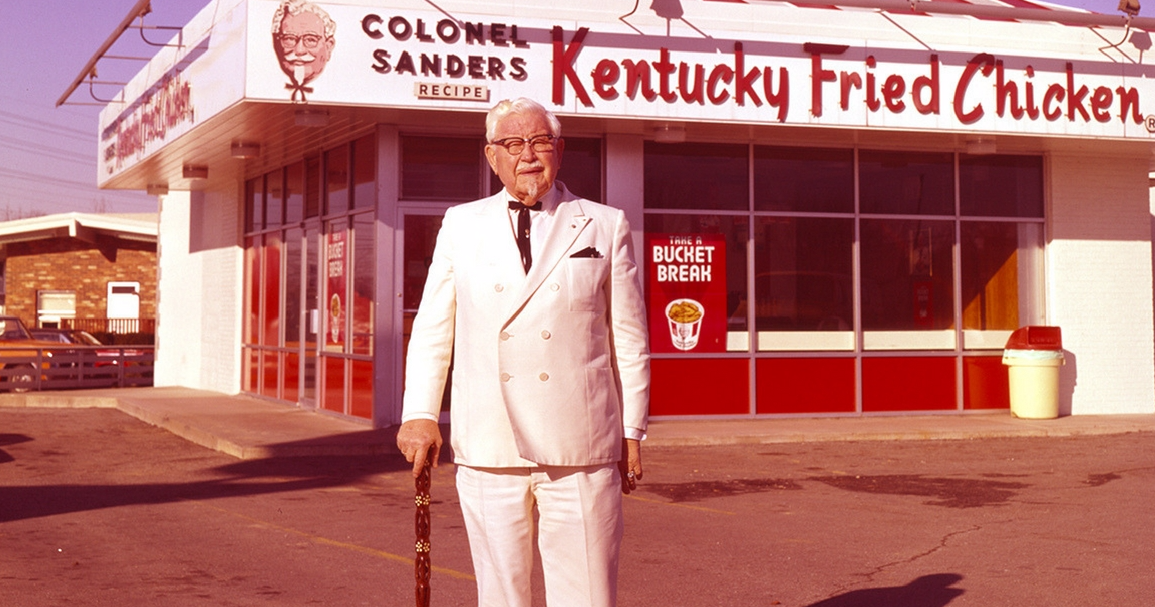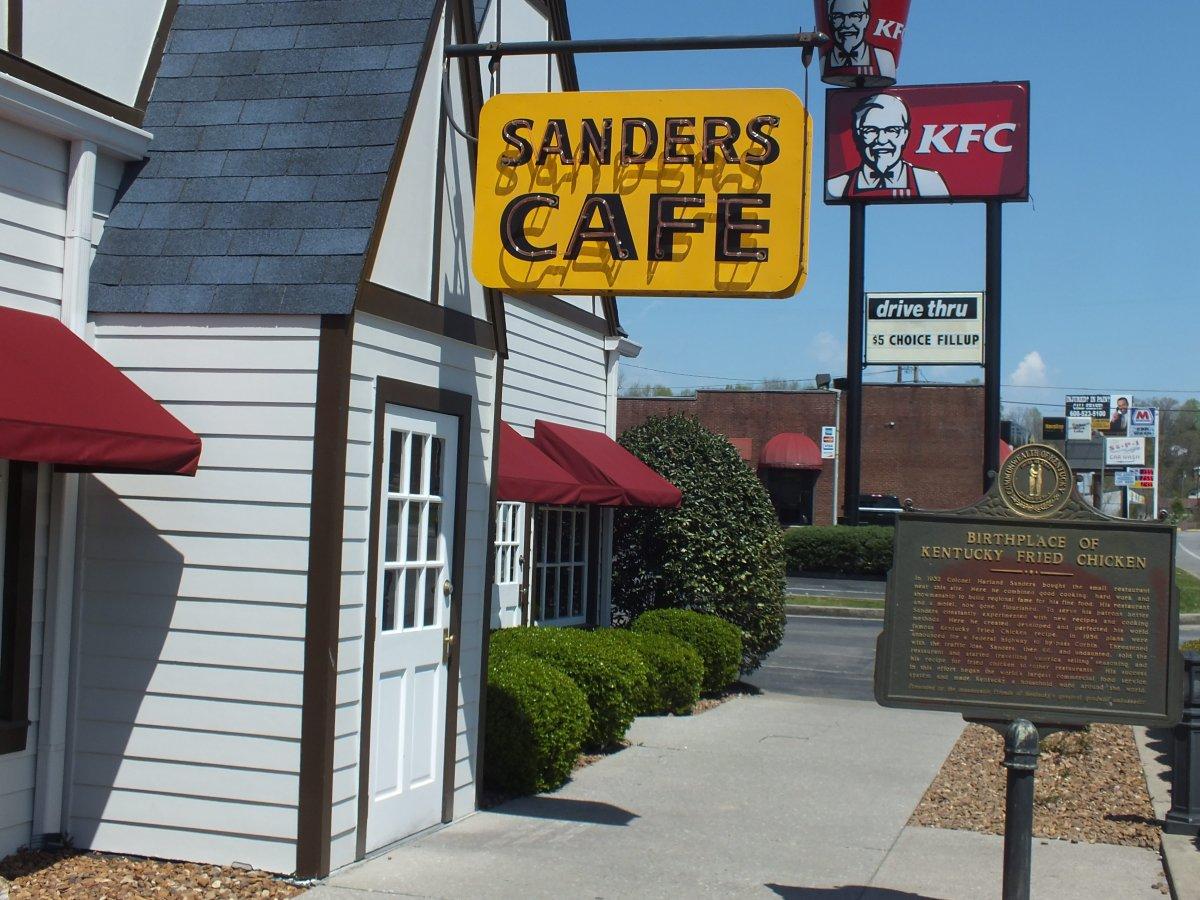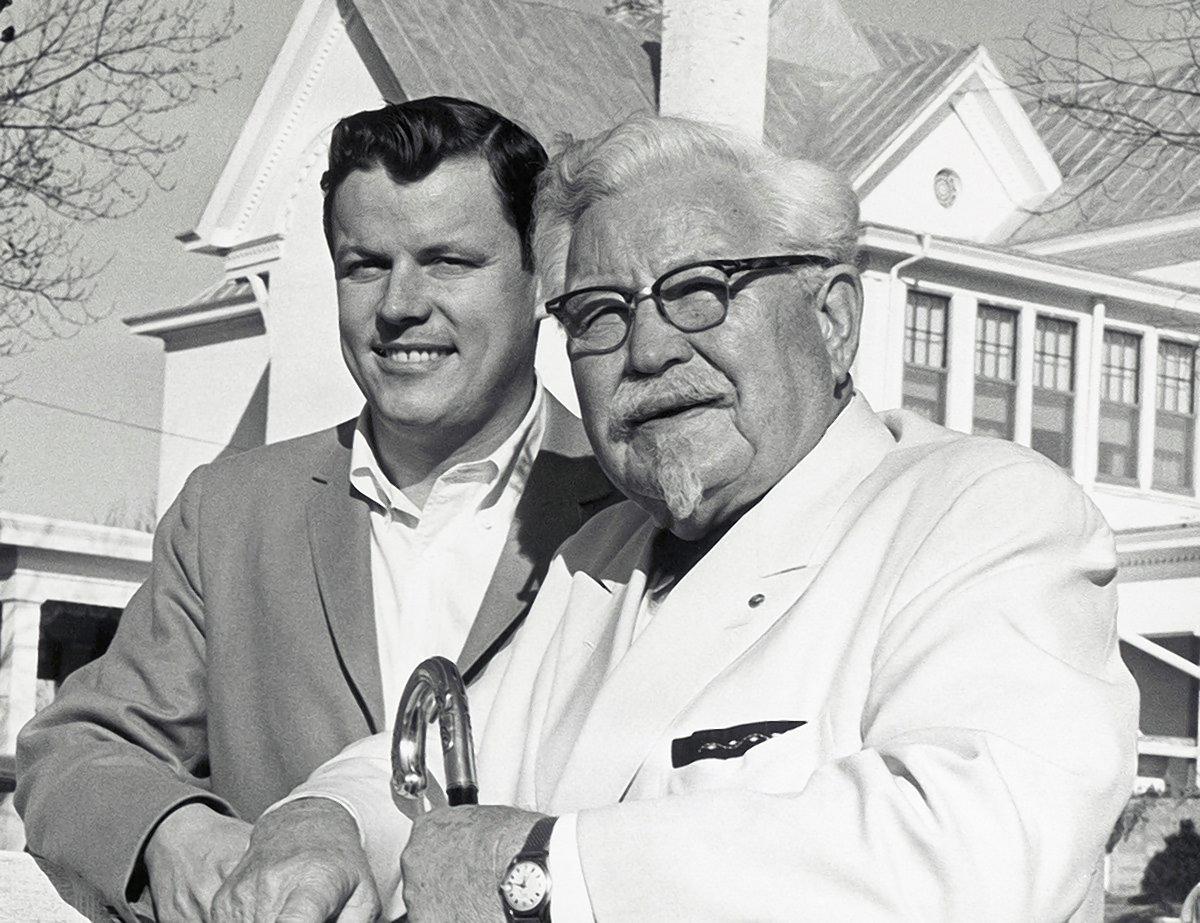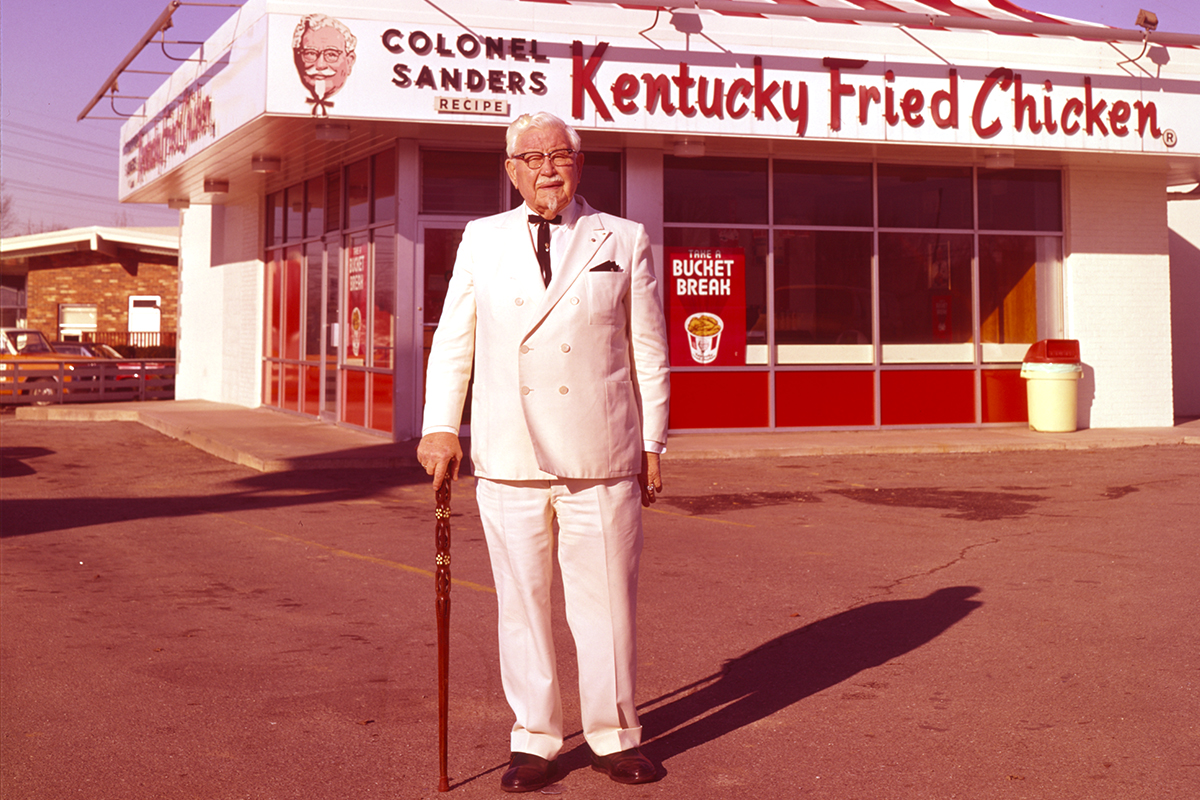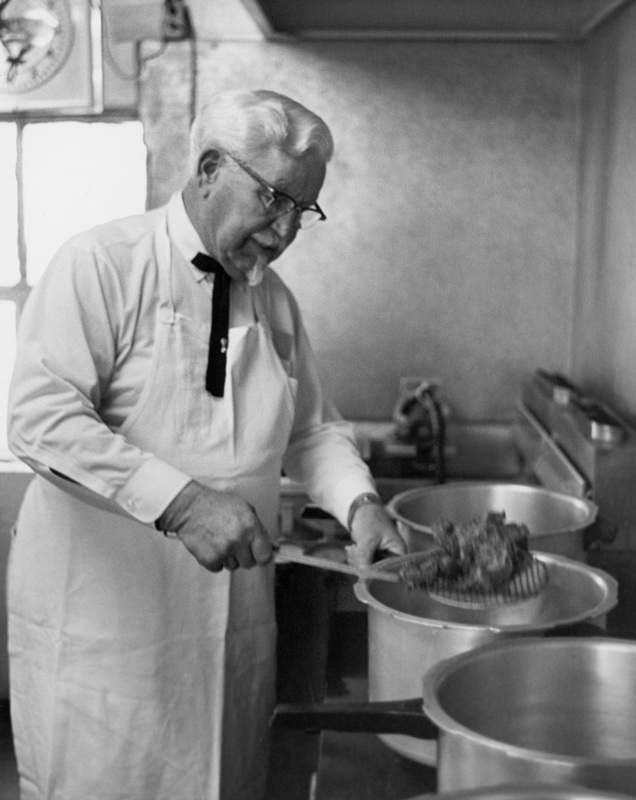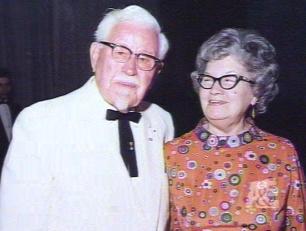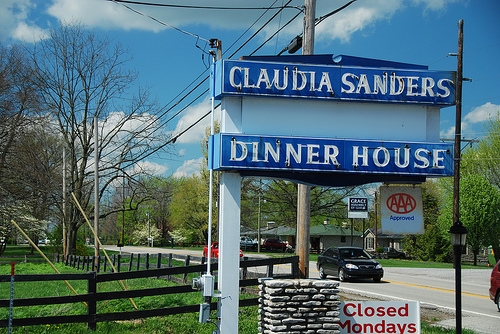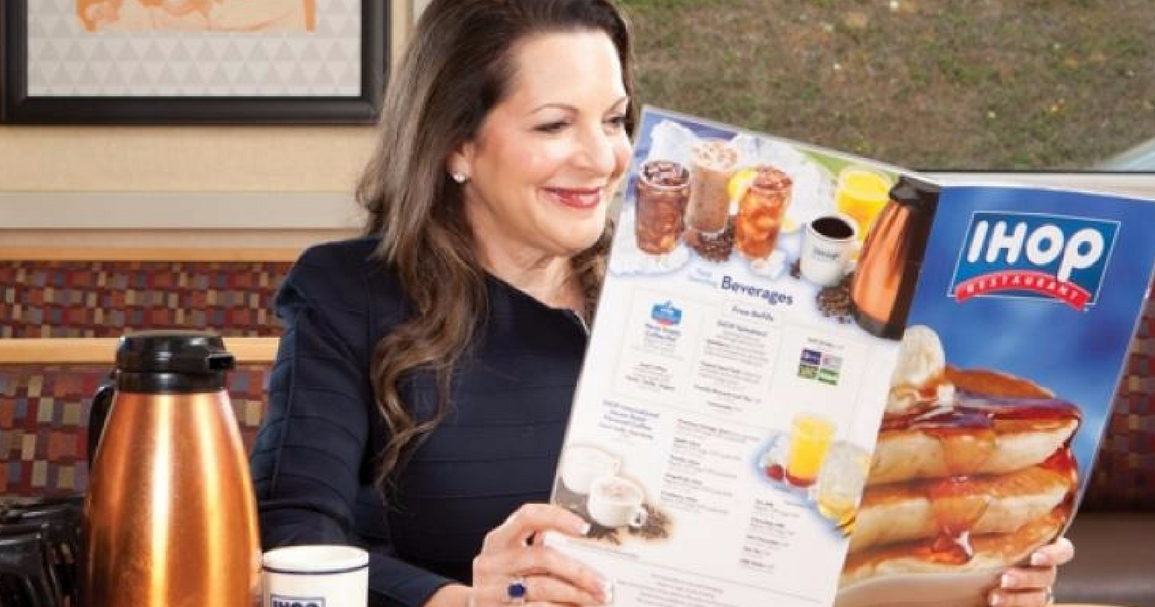He's a recognizable icon across all of America, but there is much more to Harland David Sanders's story than his white hair and dapper suit.
The man behind the famous fried chicken chain had his share of controversy.
Some may not have realized that "The Colonel" was an actual person and not just a beloved caricature from the KFC logo.
Harland David Sanders not only created the company, but even after he sold it, remained an ambassador for the company for the last 20 years of his life.
His tough upbringing, lead him down a hard road to travel. When he was just six years old, his father died of a fever. He later dropped out of school in the seventh grade. He then spent most of his life working hard, labor-intensive jobs including working with a blacksmith, as a fireman and a railroad laborer. That didn't hold him back though.
He got a law degree, though he lost his job as a lawyer after getting into a brawl with one of his clients.
Working at a gas station, he sold his fried chicken over the counter until finally getting an adjoining restaurant when it became popular. When he was 50, he came up with the "Secret Recipe" behind KFC's famous chicken.
It wasn't until he was 62, in 1952, that he offered his recipe to another restaurant in Utah, which later became the first official KFC franchise.
3 years later, Sanders had to shut down his business because Interstate 75 was built and there were no customers. He was now broke, with only $106 left to his name.
He traveled the country, sleeping in his car, in an attempt to franchise his chicken. And the risk worked out. By 1964 when he was 74-years-old, he had more than 600 locations and it was more than he could handle. He sold off the company to two businessmen for $2 million and an annual salary of $40,000 for his ambassador role.
But that's when things turned south for the fried chicken creator.
He traveled the country to support the restaurants, but he continued to hold them to the high standards he had when he created his product.
KFC eventually changed the recipes of both his fried chicken and gravy, because the Colonel's original formula was allegedly too complicated to roll out through the company's 5,000 plus restaurants.
It's said that Sanders was so angry with the poor quality of the product, he would visit store locations and throw a fit.
"If you were a franchisee turning out perfect gravy but making very little money for the company and I was a franchisee making lots of money for the company but serving gravy that was merely excellent, the Colonel would think that you were great and I was a bum," a KFC executive told the New Yorker. "With the Colonel, it isn't money that counts, it's artistic talent."
But that wasn't all.
Sanders was so angry with how his brand went downhill, that he had planned to open a new, competing restaurant named after his mistress-turned-wife, Claudia Sanders.
KFC got wind of his plan to open the restaurant that would be named "Claudia Sanders, The Colonel's Lady", and they tried to block him from opening. Sanders sued them for $122 million. The lawsuit eventually settled out of court for $1 million and Sanders sold the restaurant. The restaurant still exists in Shelbyville, Kentucky, under the name Claudia Sanders Dinner House.
Five years later, after the war between Colonel Sanders and KFC was settled, Sanders died from leukemia at the age of 90.
"[The Colonel] had to give up control of his company and even his own image, becoming a mere symbol to people today who don't know that Colonel Sanders was a very real human being," writes Josh Ozersky in Colonel Sanders and the American Dream.
Thirty-five years later, there are now 18,875 KFC restaurants around the world.
Having eaten here many times, I can't help but wonder what it tasted like when the Colonel made the chicken and gravy.
Source: First We Feast / Uproxx / Entrepreneur / Business Insider
